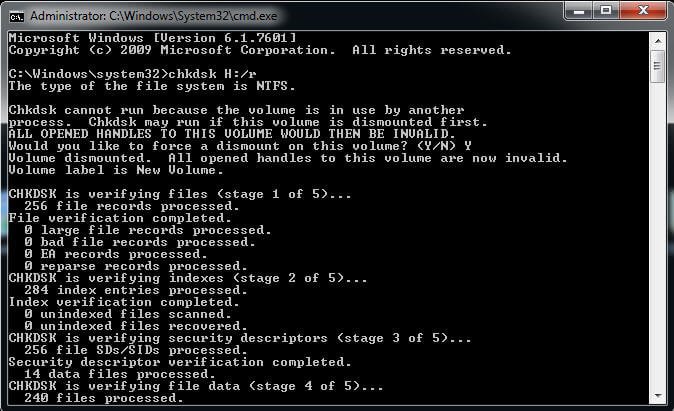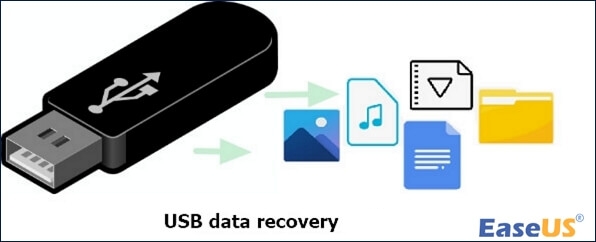
Abruptly removing the USB may corrupt the data. As already explained that write caching doesn’t write the data immediately and while the system waits for the requests, some of the information is stored in the system’s RAM. You should avoid abruptly unplugging the USB while it is reading/writing information or even when it’s not in active use as this may corrupt some data stored on it.

Single Layer Cell (SLC), Multi-Layer Cell (MLC) and Triple Layer Cell (TLC) are usually three major cell types. The unsafe ejection of USB sometimes damages the cells. Safely removing the USB clears the cache and the remaining data and stops any process going on in the background.įurther, this is the reason why there is a delay of a few seconds after clicking the Safe to Remove Hardware option and being notified that it’s safe to remove the USB.Īnother effect of unsafe ejection of USB is that it may damage the logical file system. When you remove the USB, while the cache is still in use, then your data may get corrupt. When the file is ready in the execution state, then the Operating System doesn’t immediately write the file to the drive instead, it caches the file and waits until other read/write operations are completed. One of the main reasons why you need to follow the appropriate ejection procedure is that the Operating System uses a process called write caching. In case you’re still wondering why there is a need to safely eject the USB, then the following reasons will make you think twice. Just to save a couple of seconds, we put our data stored on the USB at risk. Hardly have we known that this simple act of removal is enough to destroy our own files.

Quite often, when we are in a hurry, we automatically remove the USB or the connected hardware without clicking the safely to remove icon. Obviously, when the data is being transferred from the USB to the computer or vice versa, or lets say the USB is in use, then we don’t simply remove it as it may corrupt the data stored on it.

What does that even mean? Why is it advised to safely remove the USB? Is there any illeffect of unsafe ejection of USB? What if you don’t safely eject the USB? The Blog answers all such questions and guides the users why safely ejecting the USB is indeed the correct procedure.įigure 1.1 illustrates the Safe To Remove Hardware message
:max_bytes(150000):strip_icc()/002-how-to-eject-a-flash-drive-from-a-chromebook-ec1639d8504348139adbbb47a69cb9c8.jpg)
The computer displays a message to safely eject the USB if we don’t follow the appropriate method. We all know that to unplug the USB from the computer, it is advisable to safely remove it. Is it really necessary to safely eject the USB before unplugging it?


 0 kommentar(er)
0 kommentar(er)
